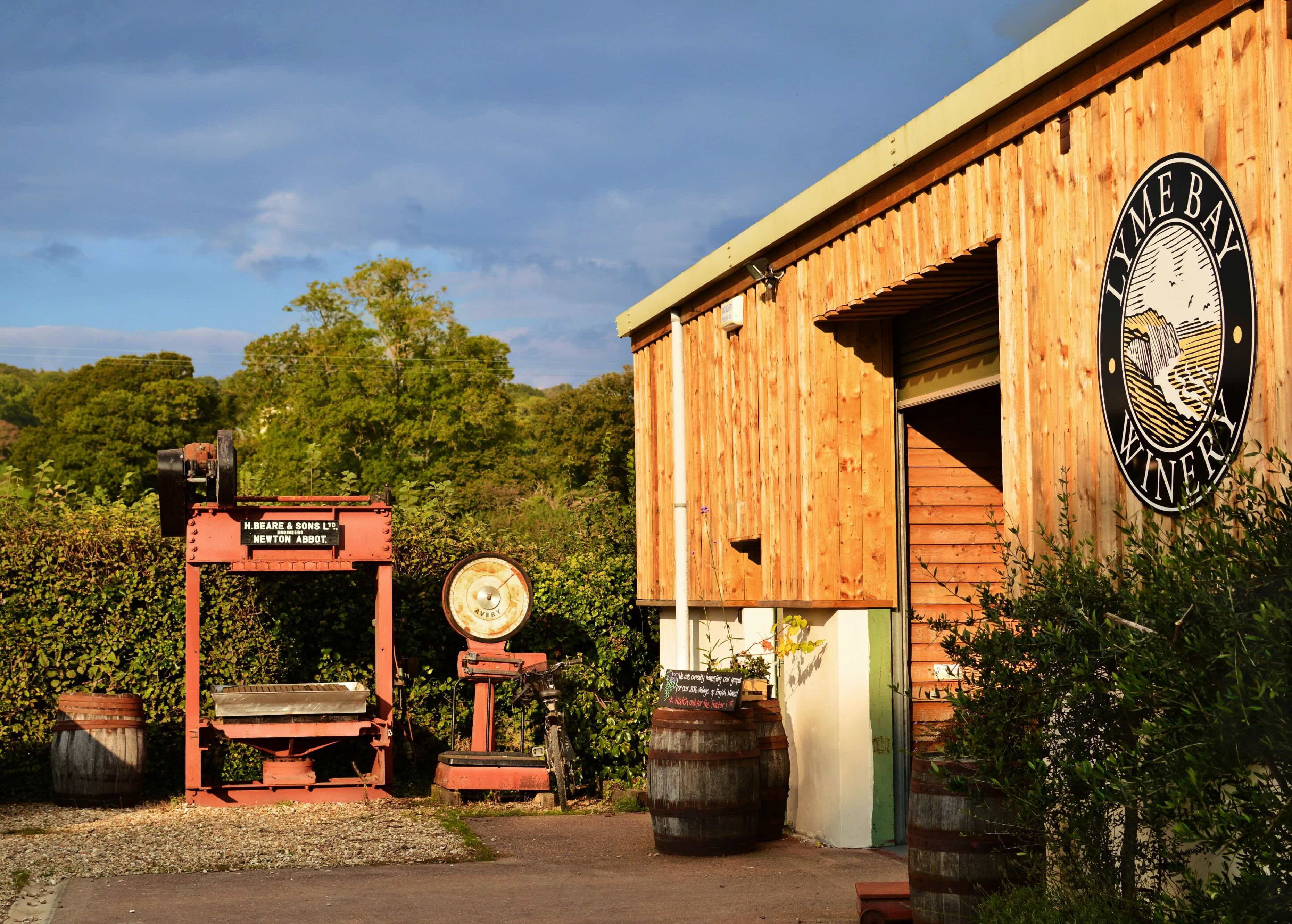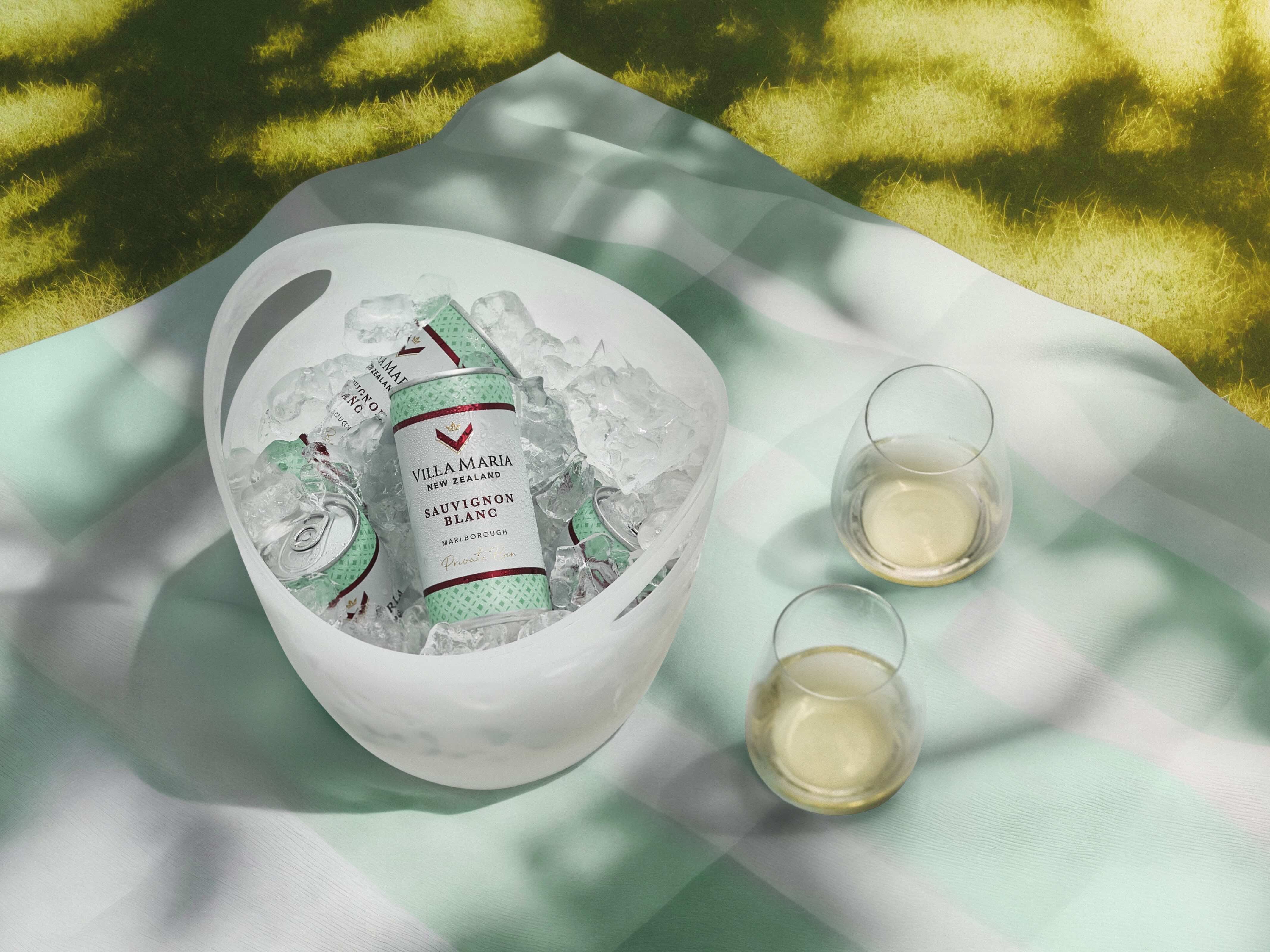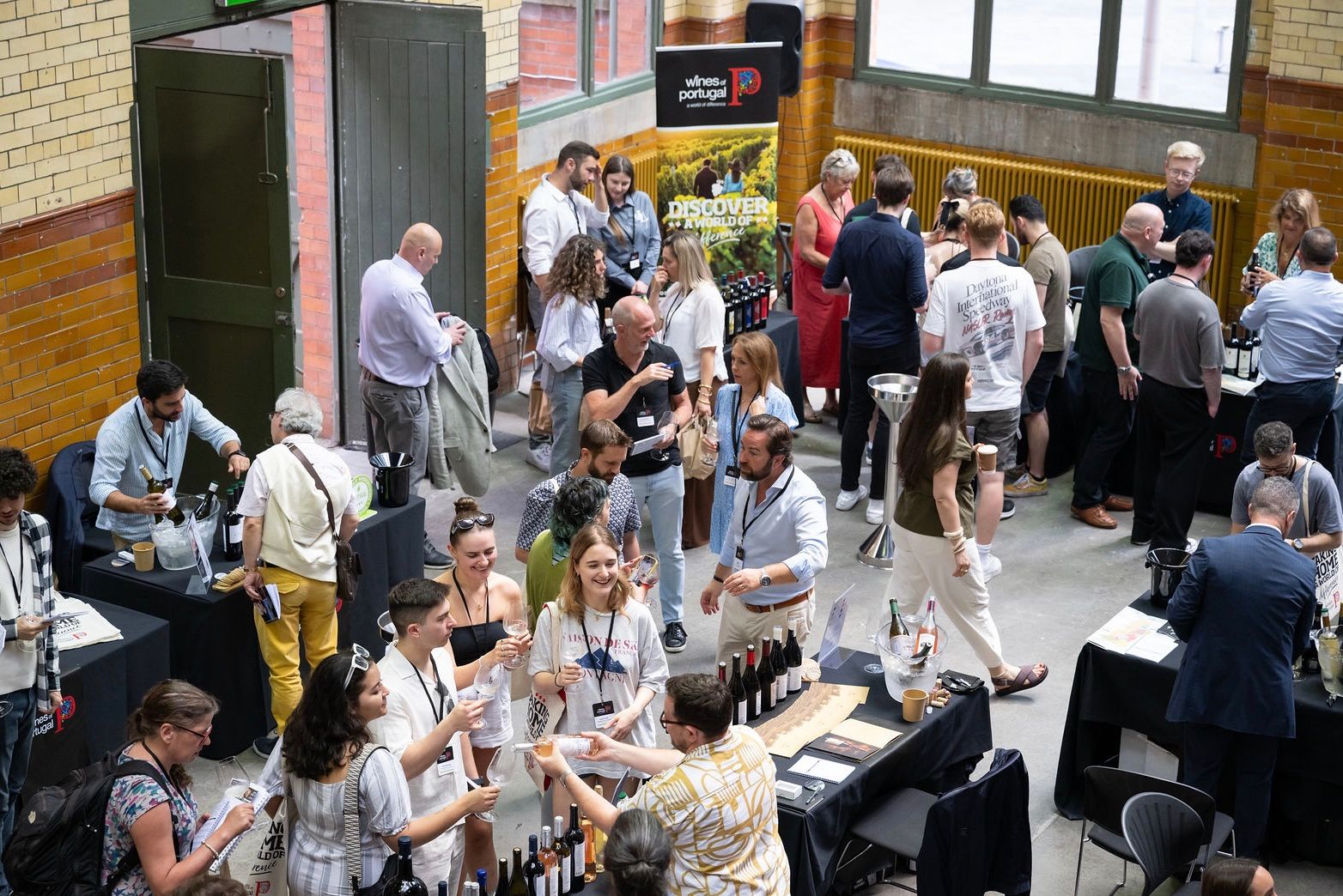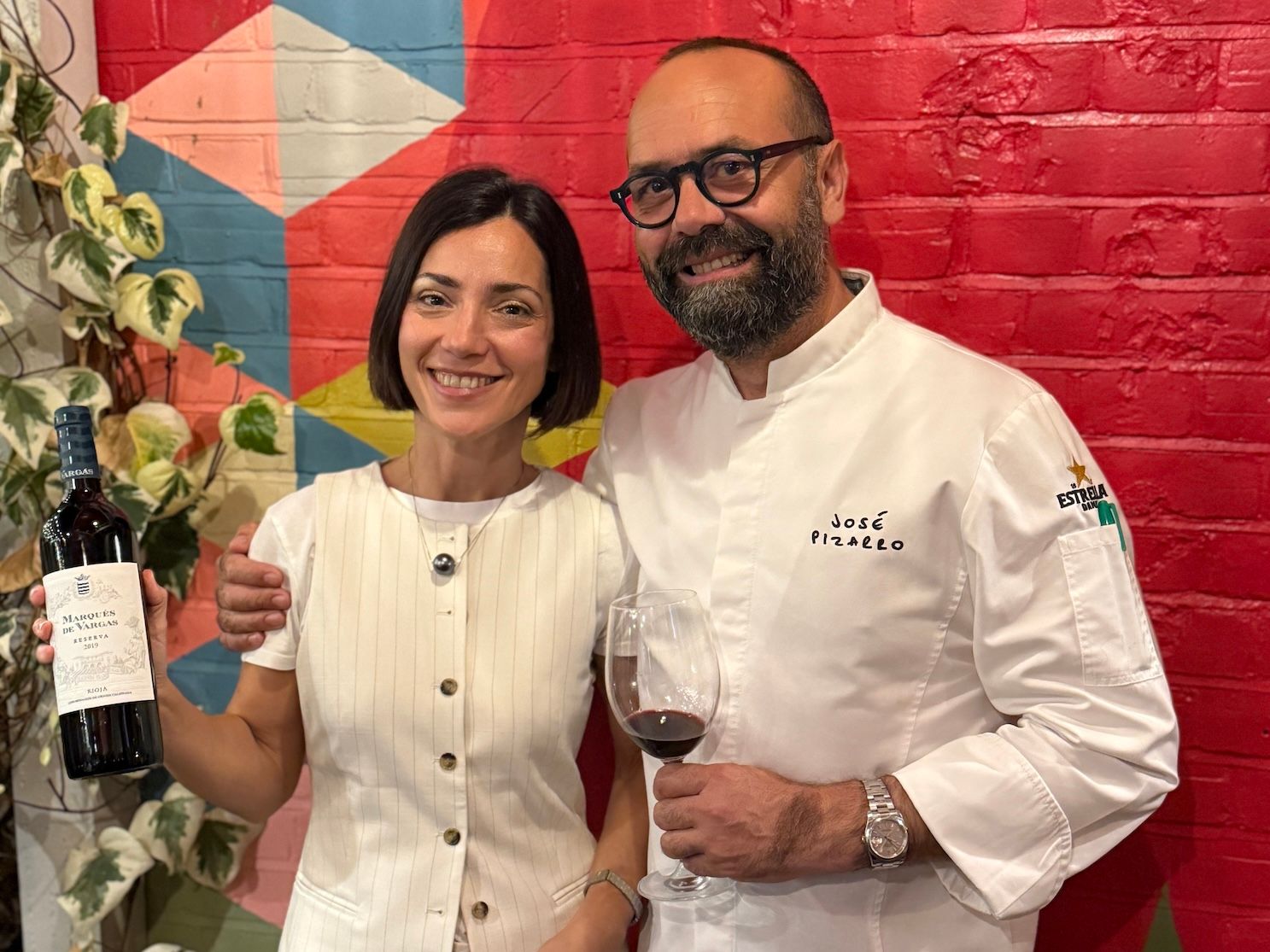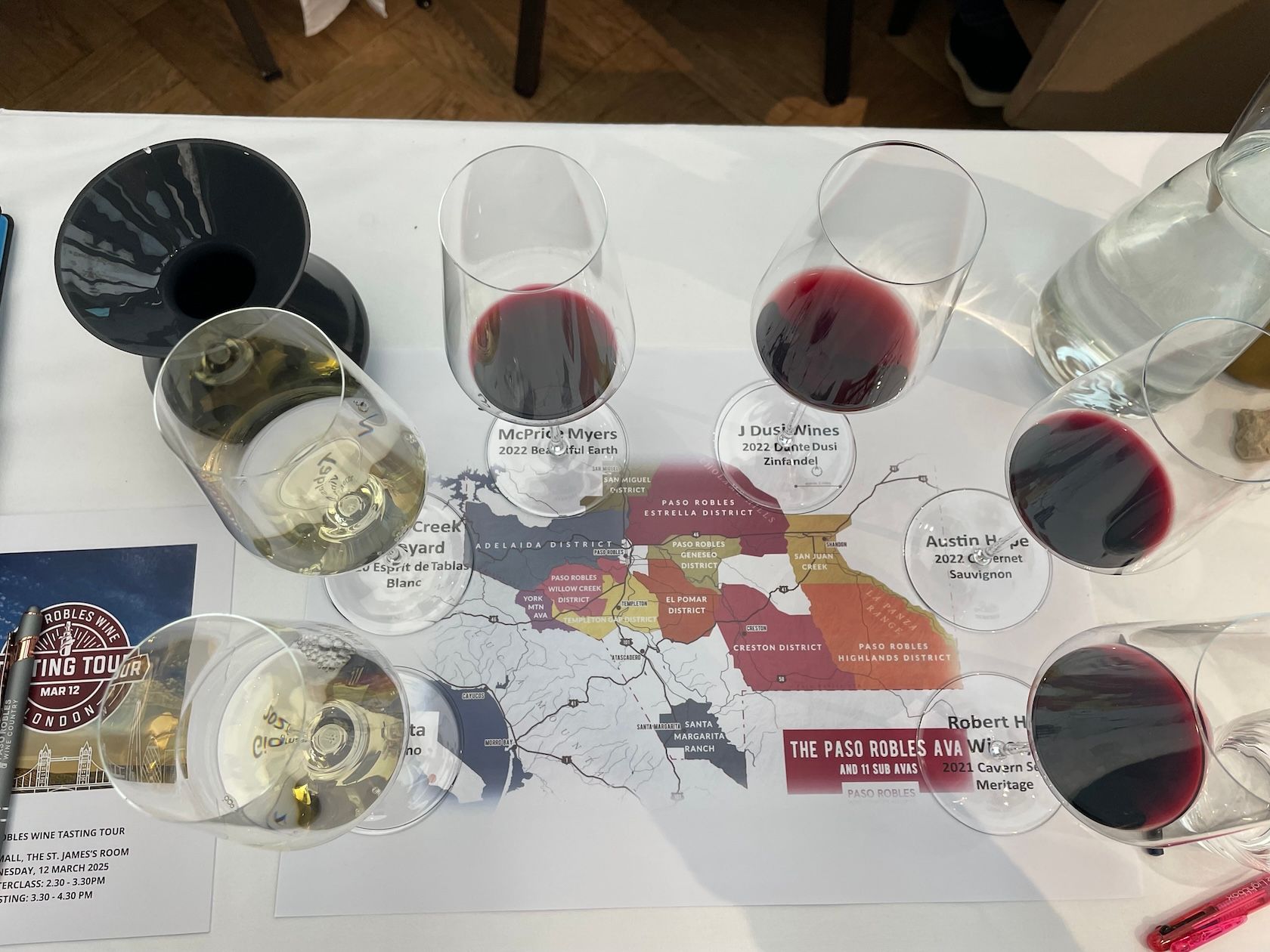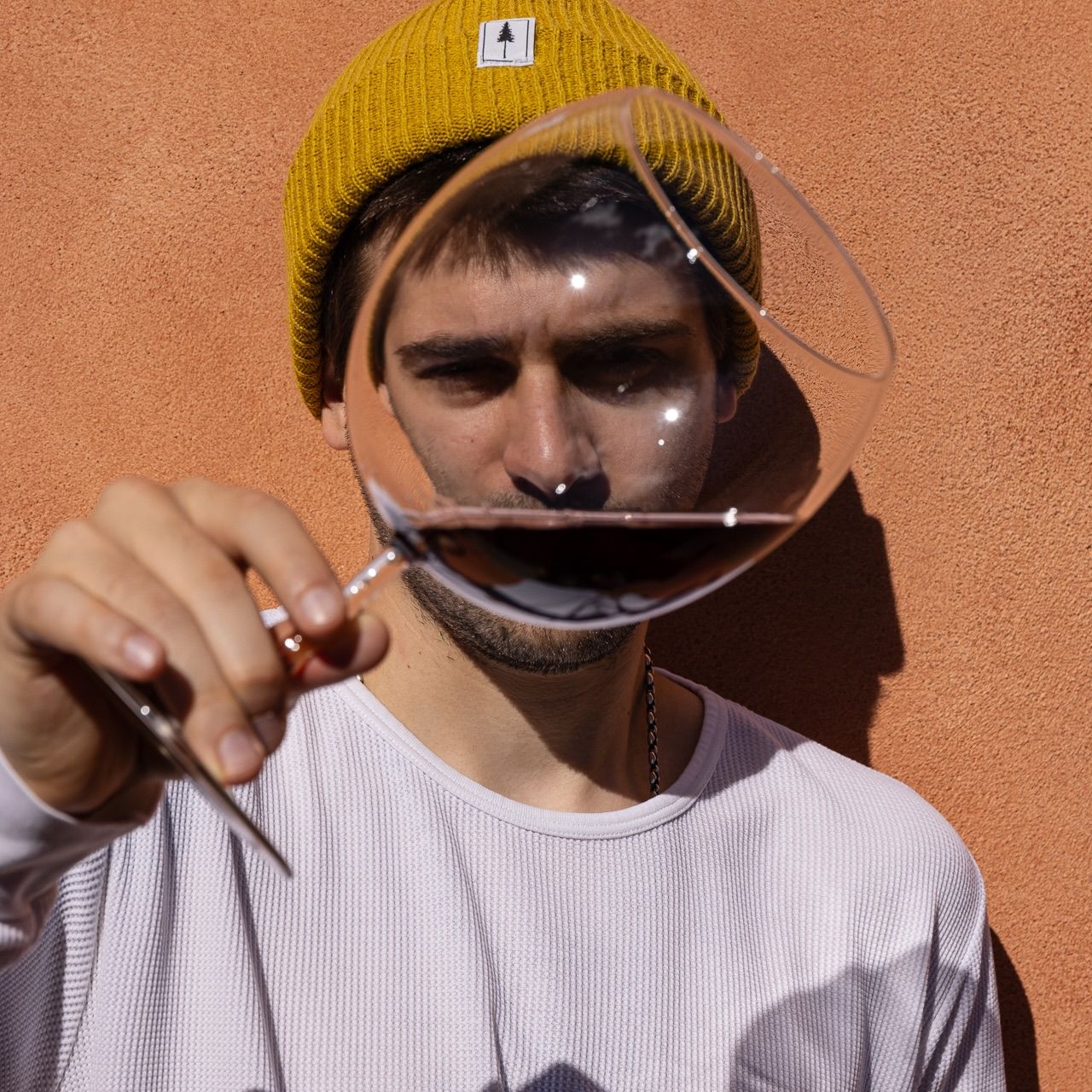“Knowing such wines are now being made less than half an hour from my front door in fields than once grew wheat or corn or lay fallow, is quite something,” writes Keay
One of the great privileges of wine writing is meeting producers on their home turf. This year though, the glorious landscapes of Piedmont and Douro have seemed like echoes from another life; yours truly opted against travel, so no exploring of wine regions. Instead, I wrote wistfully about discovering wine from the Greek islands from an armchair, wielding corkscrew, glass and a bowl of olives rather than travel tickets and passport. And I covered the exciting new world of Czech wine, tasting through samples and recalling last year’s tour of Moravia. But in the end, I just had to get out there.
English wine has been a rare UK success story amidst our becoming an international laughing stock amidst Brexit and our pathetic excuse for a prime minister (come on Justin get it out of your system – Ed.). The UK is now home to 760 vineyards – up 260 since 2016 – and wineries are opening all the time. With some three million vines planted last year, equivalent to almost one quarter of the land already under vine, Blighty is one of the world’s fastest growing wine regions.
I decided to visit four wineries with no big name recognition, each no more than one hour’s drive from my front door, in four different counties. Oh, and I would highlight four wines, one from each.

Winery no.1: Langham Wine Estate, Dorset
First off, a 59 minute dash westwards along the M27 and the A35 to Dorset’s beautiful Hardy country. Located near Dorchester, Langham Wine Estate was established in 2009 when Justin Langham planted the first of what is now (after two further plantings) 30 acres of vines of Chardonnay, Pinot Noir, Pinot Meunier and Pinot Noir Precoce. Some 80,000 bottles of seven different wines – five sparkling, two still – are now produced every year. However, as the almost indecently young head winemaker Tommy Grimshaw puts it, size isn’t what counts here, having taken over the role this January after joining from Sharpham Wine just last year.
“We are not trying to be the biggest or the flashiest or produce like everyone else, we just want to make good and authentic wine that reflects the great character of these vines,” Grimshaw says. Because of its location, frosts are rare at Langham and harvest this year is expected to take place around end-September.

The official handing-over in January 2020. Tommy Grimshaw (l) and Daniel Ham
Grimshaw says he is lucky to have learned from some of the UK’s best winemakers. His, the clear enthusiasm of the young team and an impressive spirit of innovation has already won Langham quite a few prizes, including most recently from IWSC and Wine GB for the Blanc de Blanc 2015, whilst the two very moreish regular Cuvees, the Pinot Noir-dominant Culver and the Chardonnay-dominant Corralian, have won a loyal following, and are well priced at £26 a bottle (Lea & Sandeman). The still wines, a Chardonnay and a rose, both selling for £15, are similarly well-made.
For a winemaker so young, Grimshaw has some firm beliefs. All his wines go through malo – which he deems necessary to tame the high acidity – are made using wild ferment and indigenous yeasts, and all see oak, which he sees as key to smoothing the tannins. And sparkling wines have five bar of pressure rather than the more conventional six.
“I don’t think a wine should be so sparkling that you cannot taste the wine for the fizz,” he says, adding: “The wine should be highly complex and well advanced before it even goes near the bottle.”
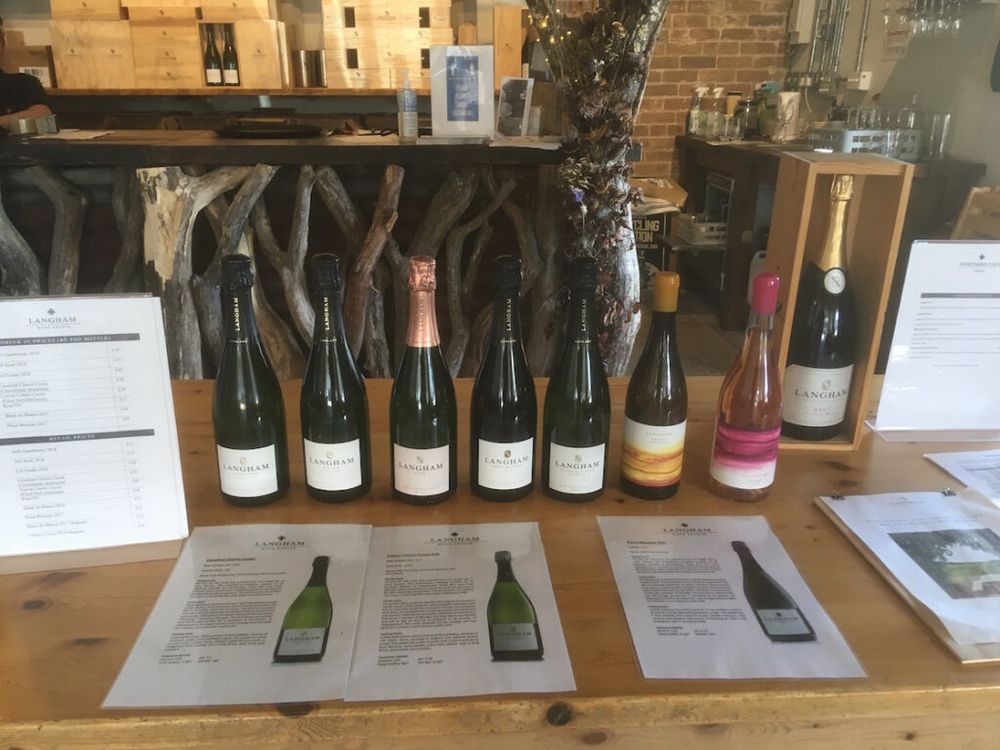
Complexity should get a further boost when Langham starts producing a multi-year blend in the three 400-litre tanks planted into the ground of the winery, topping up the wines as and when necessary, rather like the Spanish solera system. The first flagship cuvee should be ready in around three years time.
“We haven’t thought of a name yet. Maybe Perpetual Cuvee?” he says.
In the meantime, the Langham Pinot Meunier 2017 is a delight, extra brut with just 2g/l of residual sugar, it is highly complex, with peach, apricot and guava flavours coming through. It is only a small production of just 3000 bottles though, so hurry.
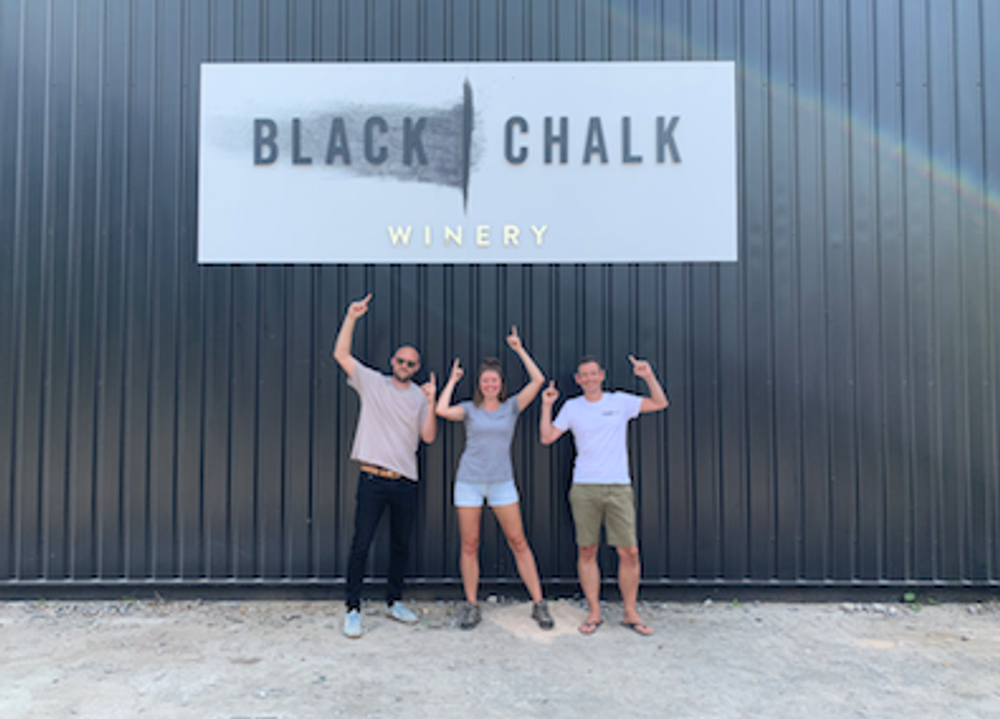
Yes: the new sign has arrived!
Winery no.2: Black Chalk Wine, Hampshire (Named Newcomer of the Year in WineGB Awards 2020)
Next, a 28 minute-drive past Winchester and Alresford to my Hampshire choice. Although Black Chalk Wine has been established since 2018, gaining widespread recognition for the quality of its Pinot Meunier-heavy wines, CEO Jacob Leadley’s new winery is literally a work in progress with the wines still produced by Hattingley Valley. Last year Leadley bought four vineyards and some farm buildings from Cottonworth Vineyards and, as well as prepping the vines, has since been busily converting the latter into a state-of-the-art facility, which should be ready for harvest in early October. Capacity is 100,000 bottles with seven wines (including at least one still) built around a core range of three, but will start this year with around 30,000 bottles.
“Actually, we’re in a good place right now because we’re not sitting on a big stock of unsold wine,” he says, over a glass of Black Chalk Classic 2016 (30 months on the lees, six in bottle) praising its “purity, balance” and “perfect acidity.”
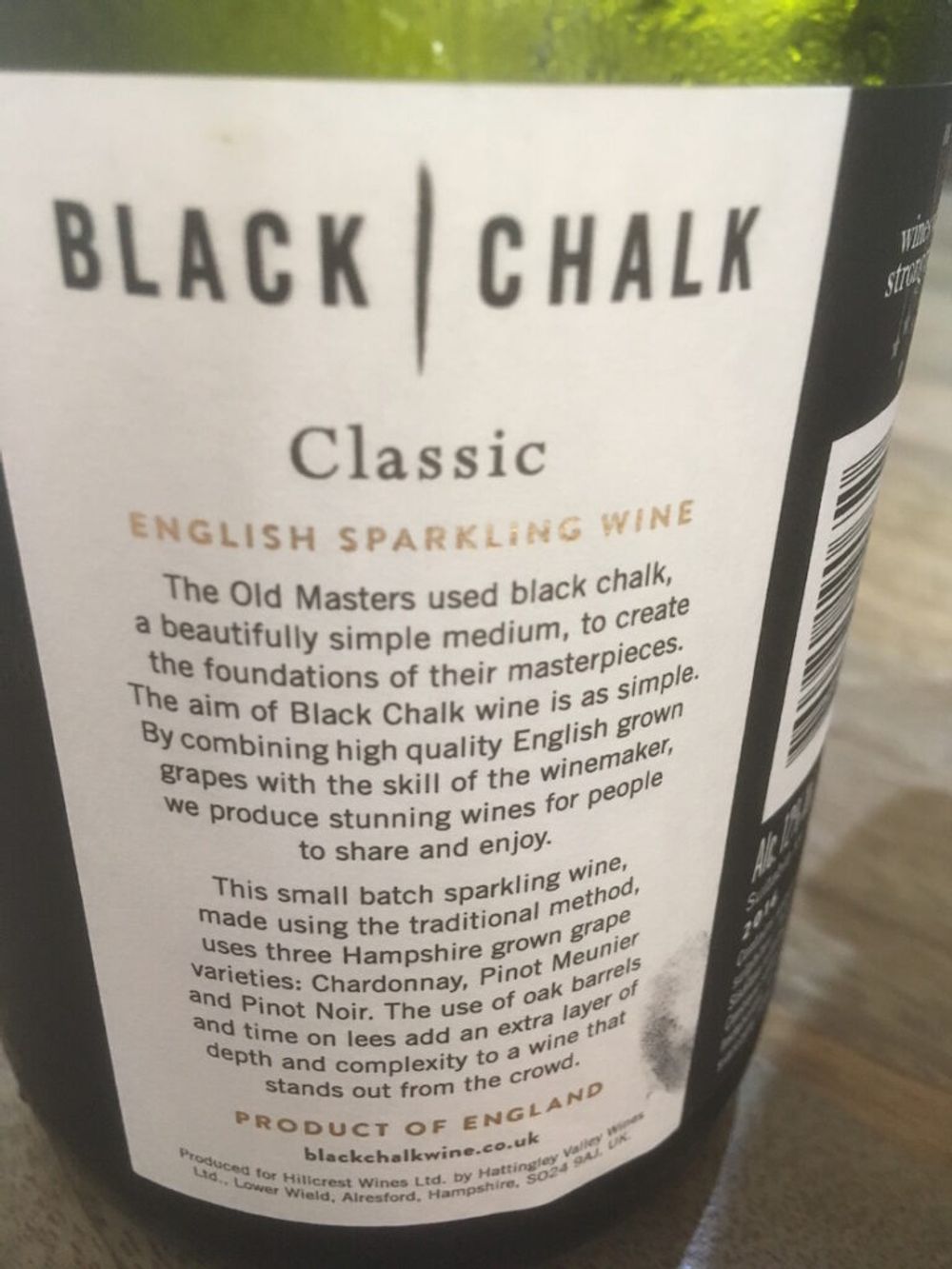
Leadley and assistant winemaker Zoe Driver have ambitious plans, saying that the four vineyards, notably Hide, are not only perfectly positioned, enabling single vineyard wines, but have great clonal variety. Going forward, all this will enable a range of wines including some one-offs like a planned three-Pinot blend, to appeal to Black Chalk’s appreciative audience at home and further afield, including Japan, where his wines will soon be available at leading Michelin starred restaurants. Two shipments have already left for what is the world’s second biggest market for sparkling wine.
“We’re very pleased,” he says, as we open Wild Rose 2017, officially released this September. 61% Pinot Meunier, 25% Pinot Noir and 14% Chardonnay, this is a wonderfully delicate pink, with ripe red fruit held together by tight acidity. Delicious, and it will only get better.
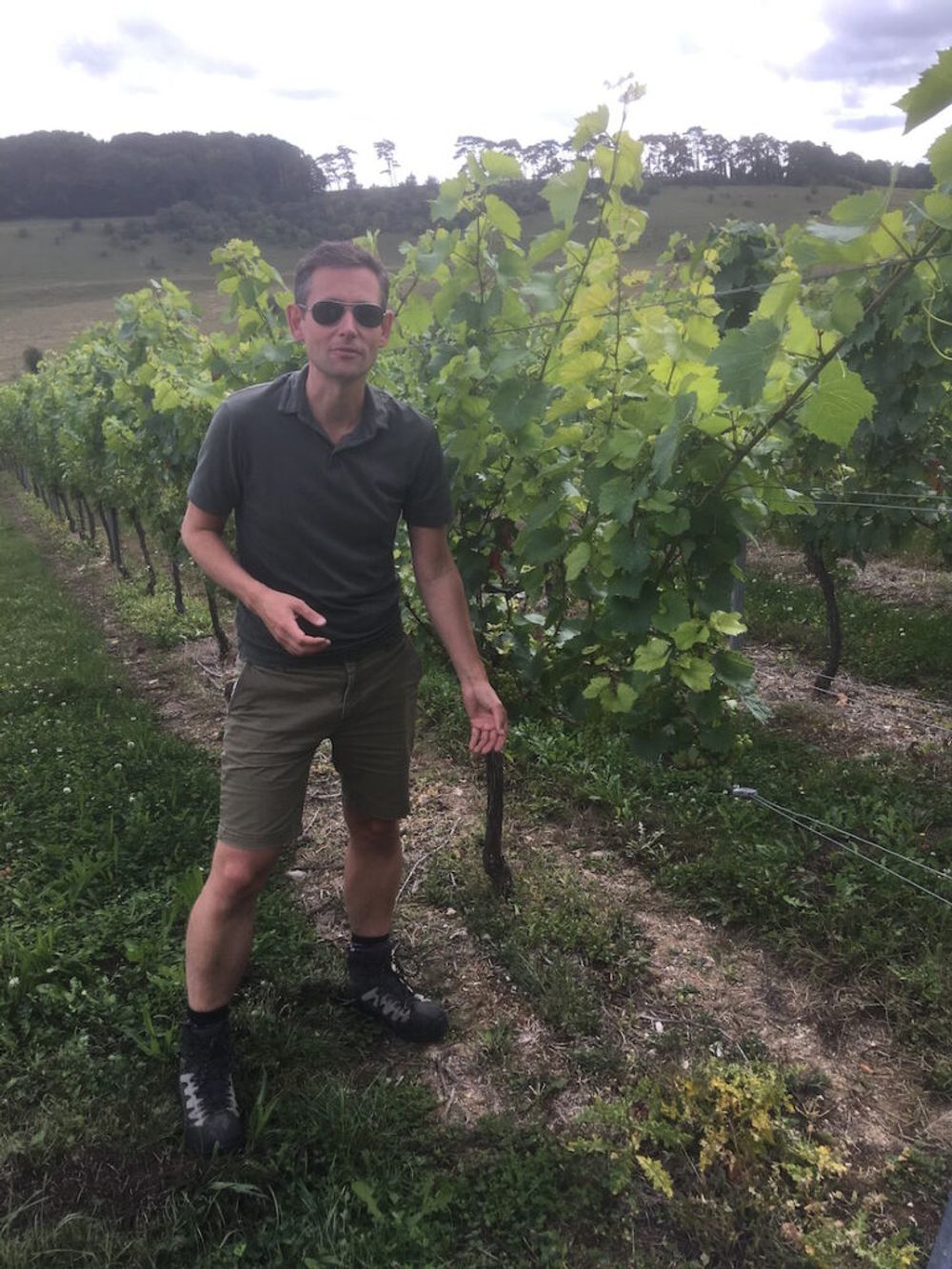
Jacob Leadley: Black Chalk CEO and winemaker
The new wines that will come from Black Chalk will be, I’m sure, even better and of course, more varied as Leadley and Driver work on and unveil their new creations made in the new on-site facility.
Postscript
Although no substitute for being able to get away, knowing such wines are now being made less than half an hour from my front door in fields than once grew wheat or corn or lay fallow, is quite something. So too is visiting vineyards and winemakers again. It’s almost enough to make you forget Brexit.
Which are the other two wineries Keay will visit? And what are the wines that will turn his head? Part 2 follows.

